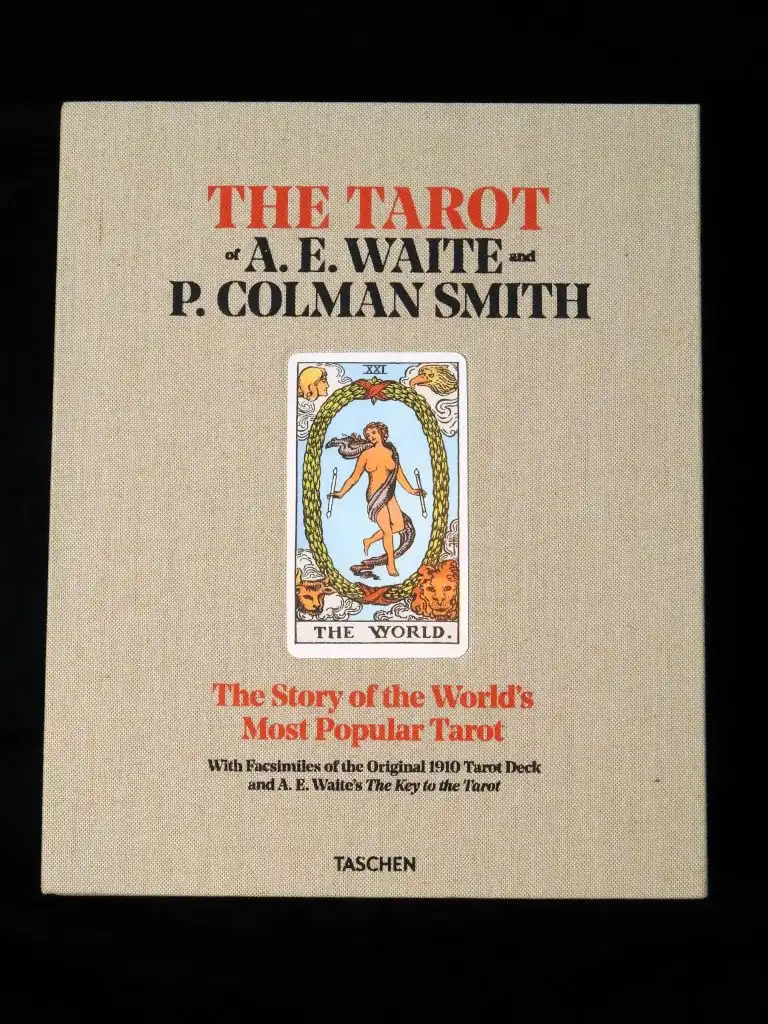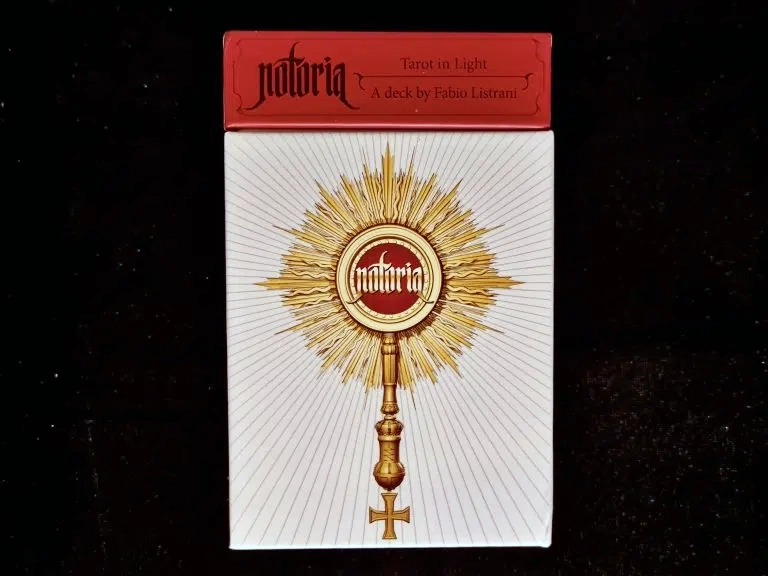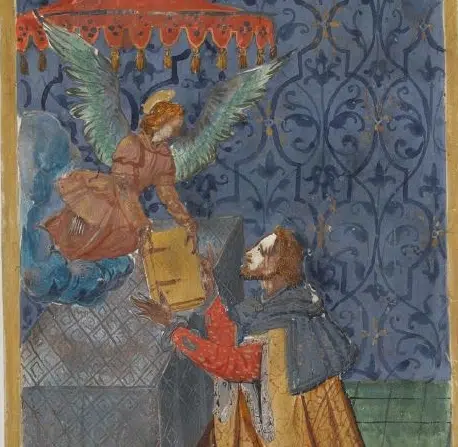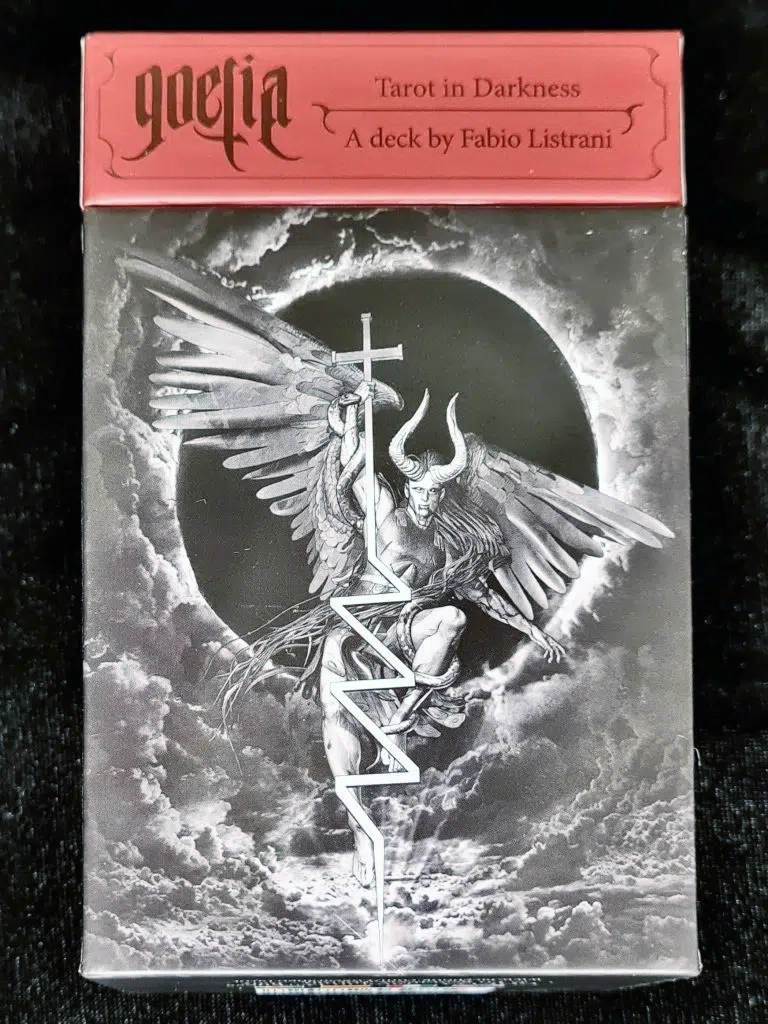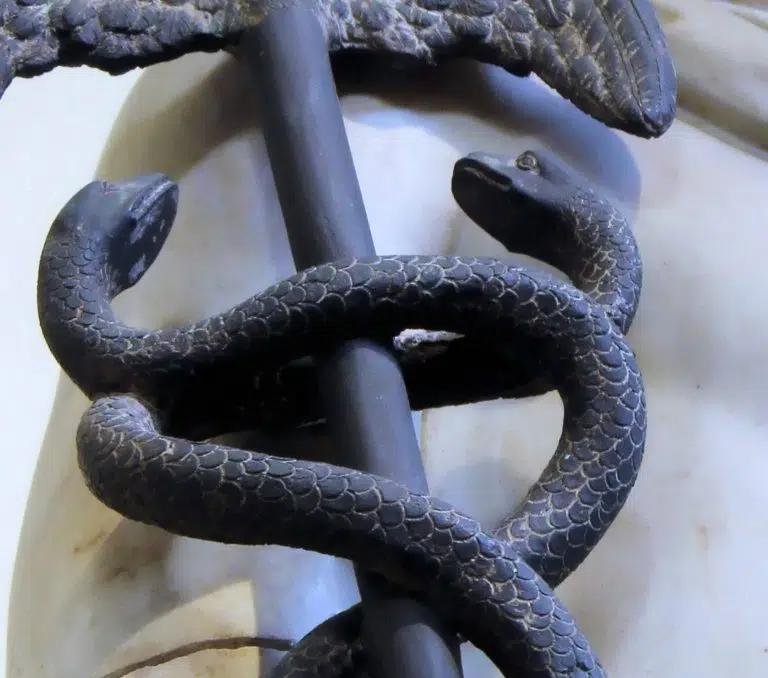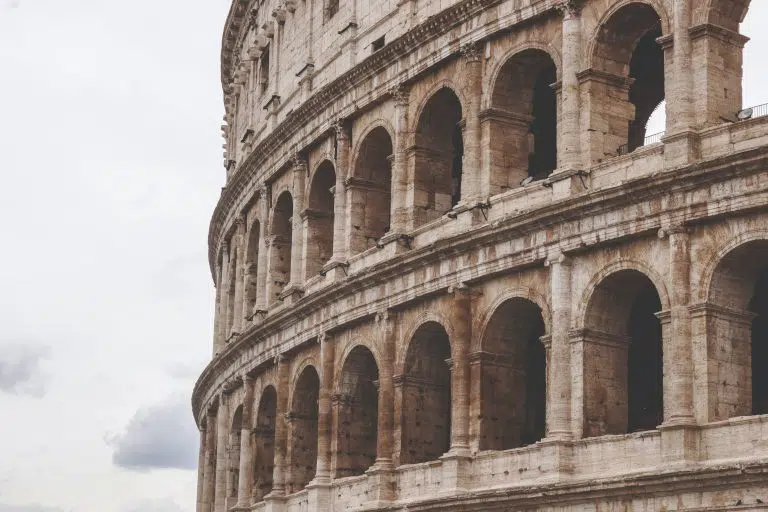
Hekate – The Goddess of Witchcraft
Hekate is a Greek goddess associated with crossroads, night, magic, witchcraft, the Moon, knowledge of herbs and poisonous plants, graves, ghosts, necromancy, and sorcery. She is considered the goddess of magic because of her ability to bestow magical powers on humans. She has become the patron of witchcraft for many modern witches. Hekate's origin is debated among scholars, and her name's etymology is uncertain. In Greek mythology, Hekate is generally considered the daughter of Perses and Asteria and the granddaughter of Phoebe. She is associated with childbirth, healing, death, and the underworld. Hekate is often depicted as a triple goddess with three heads and three bodies, holding torches and a key around her neck. Dogs, snakes, and owls are also closely associated with her.
Read MoreHekate – The Goddess of Witchcraft
